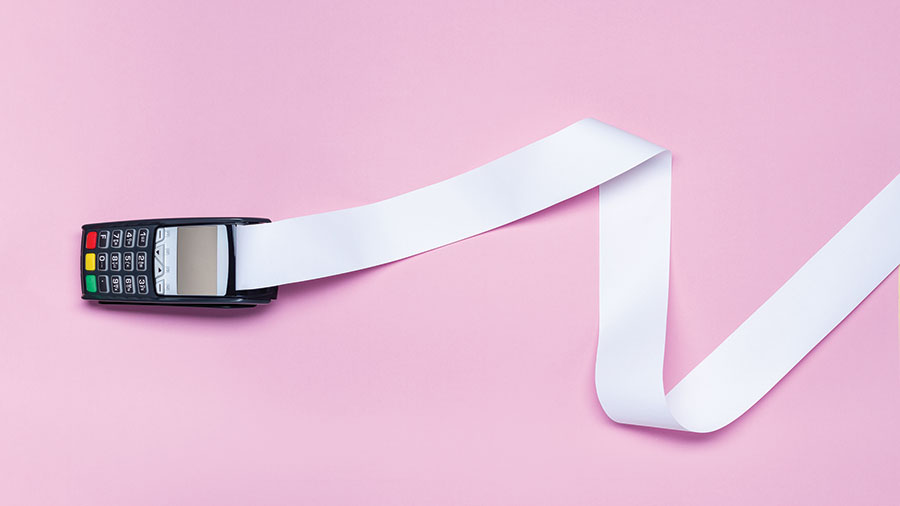Tipflation Nation: The Tipping Point When It Comes to Leaving a Gratuity

The increasing demands for higher tip percentages on every transaction, no matter how small or completely devoid of service seem endless. Photo: agrobacter/Getty Images
Are you, like me, finding yourself pushing back on what amounts to “point of sale panhandling” these days? The increasing demands for higher tip percentages on every transaction, no matter how small or completely devoid of service seem endless.
A few months back it was the outrage of the season – with everyone complaining in polls, as well as tips and tricks to avoid it. Now, I wonder if most of us have just quietly given in? I admit that I have. It started as a gesture to help service workers who were working during the pandemic, doing jobs that put them at high risk for little pay, while so many of us were safely sheltering at home. And it’s hard to take away a nice perk after it has been on offer for this long. Even if, now the only personal contact comes when someone hands us a terminal, knowing they’re aware of how much we’re giving them makes us comply. And, just like most everyone I see around me, I am complying in places where I intended to resist.
A recent Angus Reid poll found that two-thirds of Canadians are being asked to tip more, more often. Over the last five years the average tip has increased from 16 to 20 per cent.
Tipflation is especially prevalent in the restaurant industry, which is why Ryan Donovan, co-owner of Toronto’s Richmond Station, started trying to move away from it back in 2016. But it was the pandemic that pushed him into full tip-free mode. He tells me that when he closed his restaurant for 90 days in 2020 and took everyone off the payroll, the people who earned tips fell through the cracks because the CERB (Canada Emergency Response Benefit) was calculated on insured earnings. “These workers weren’t paying CPP, EI or tax for that matter, and we weren’t paying into the Workplace Safety and Insurance Board, or vacation pay on their behalf,” he says. “There was no way our staff should be treated that way.”

Even part-timers who had earned very small amounts of declared income easily collected that $2,000 a month CERB benefit, while hard-working restaurant employees were often left out. It’s ironic that pandemic-related tip creep, which came out of a well-intentioned desire to help smooth out wage inequality, has instead highlighted it. Then the technology developers turned our good intentions into money-making POS machines.
“A lot of psychology goes into the technology,” says tech expert Ritesh Kotak. “There’s actually a term for it: “dark patterns.” Kotak says these dark patterns try to convince us to do certain things. For instance, on the tip button, YES will be big and green, while NO will be small, somewhere else, or not listed, and the higher amounts will show up first. He says that adding a layer, making it harder to say no, is all by design.
Now that the pandemic is over, some old-fashioned, in-person service has returned. Meanwhile, the cost of restaurant meals has skyrocketed, and so have the percentages on the tip options, which are calculated on top of taxes. The app developers get an undisclosed cut of every transaction. But the servers know exactly what you are giving them. They hand you the terminal and wait. Like everyone around me, I usually hit a higher number. Granted, the service has often been great. But to be honest, this is more about avoiding an uncomfortable moment when the server takes a long look at the final bill. The idea that my emotions are being controlled by an app bugs me, but I can chalk it up as yet another post-pandemic expense and hassle; an annoyance caused by an innovation that was supposed to make life easier and more convenient. And of course, tapping a big green button doesn’t feel anything like spending hard-earned money!
Libby Znaimer ([email protected]) is VP of news on AM740 and Classical 96.3 FM (ZoomerMedia properties).
A version of this article appeared in the Aug/Sept 2023 issue with the headline ‘Tipflation Nation’, p. 32.
RELATED:
It’s All in Your Mind: Can Behavioural Finance Help Us Make Better Decisions About Our Money?